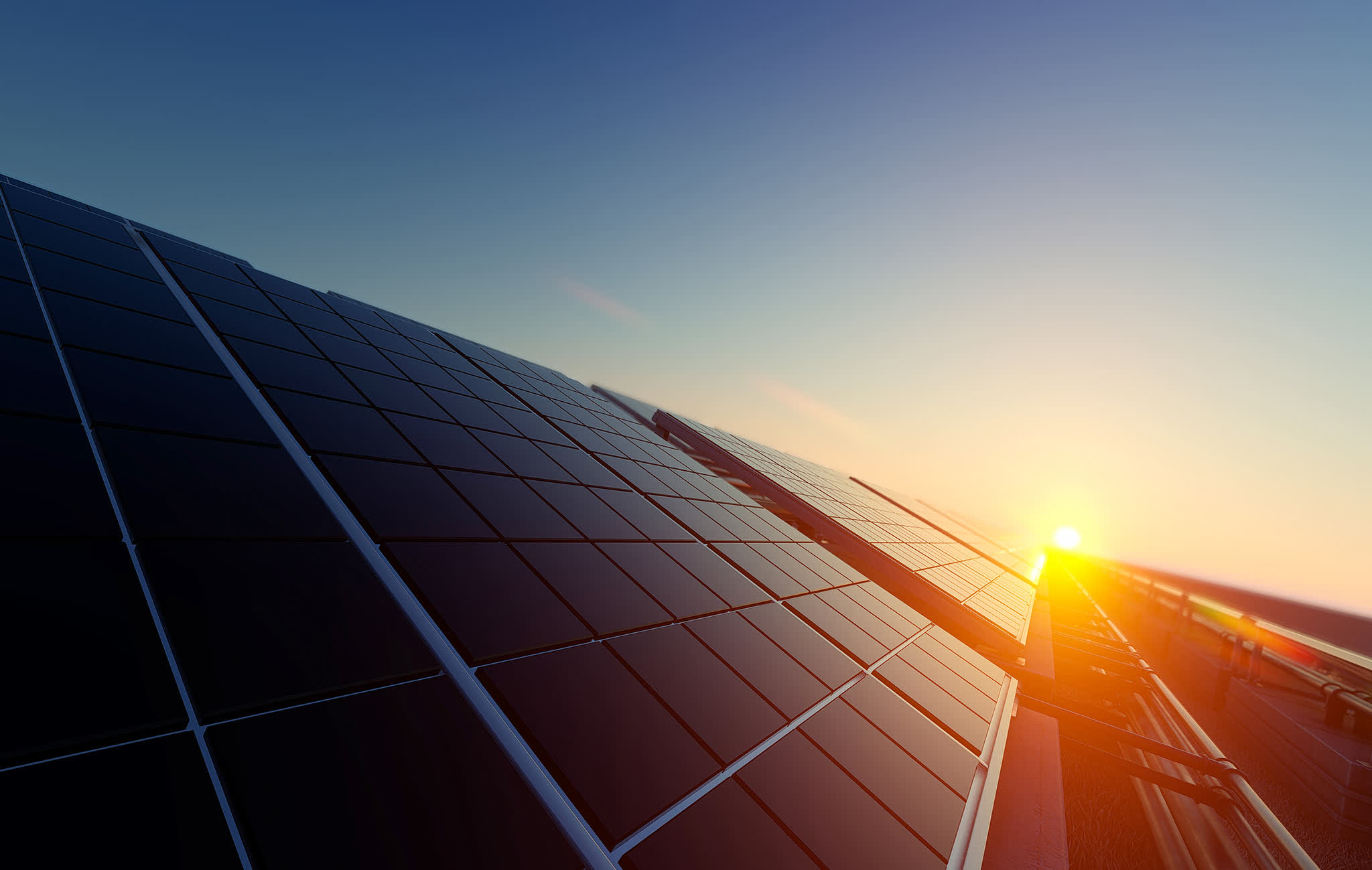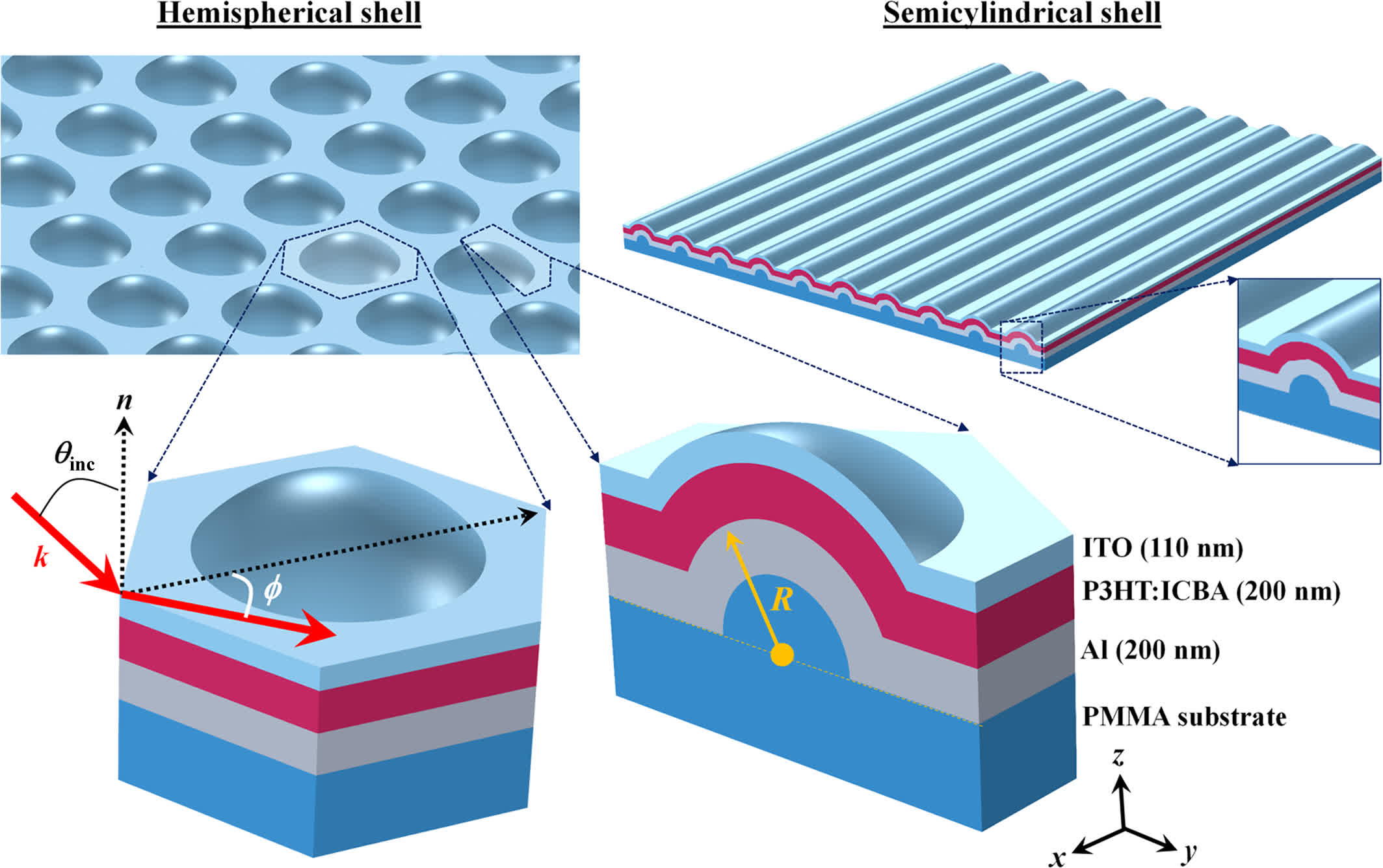Why it matters: Many research teams are working to achieve new technological breakthroughs in creating more efficient and useful solar cells. A recent study by a Turkish university presents a potential solution, offering a computational analysis of an innovative type of photovoltaic cell.

Dooyoung Hah, assistant professor of electrical engineering at Abdullah Gül University, recently published a study on a novel type of solar cell designed to enhance sunlight absorption. Hah proposes a semi-spherical shaped photovoltaic cell structure, which appears to provide significantly better results in both light absorption and angular coverage.
Hah experimented with various designs for this new solar cell technology, employing 3D finite element analysis (FEA) to test their capabilities. 3D FEA is a computational technique that breaks down complex systems into different parts or finite elements, studying how these elements react to light with or without additional surface structures.
When used in conjunction with an active layer featuring hemispherical, shell-shaped bumps, the study suggests that solar cells can achieve a remarkable improvement in sunlight absorption. The proposed type of "bumped" solar cells would absorb 66 percent more transverse electric (TE)-polarized light and 36 percent more transverse magnetic (TM)-polarized light compared to a traditional, flat cell design.

Sunlight becomes polarized after reaching and being scattered through Earth's atmosphere, which means that the new design proposed by Professor Hah could theoretically provide a real improvement for solar cell technology. However, 3D FEA is a type of computer simulation that must be tested in real-life scenarios with actual material prototypes.
Regardless of the theoretical nature of the new study, Hah states that technological advancements in renewable energy have become "quite imperative" for humankind. Several efforts have been made to enhance energy conversion efficiency in solar cells, but his study focuses on potential performance improvements at the device level from an optical design perspective.
Hah has been studying photovoltaic technologies for some time, conducting different (theoretical) experiments on novel solar cell shapes over the past few years. In 2020, the researcher analyzed a similar semi-cylindrical shell-shaped layer, achieving a 52 percent improvement in the absorption of (TE)-polarized light. Two years later, Hah tried yet another solution (semi-circular and triangle-shaped bumps) to increase (TE)-polarized light absorption by 60 percent.